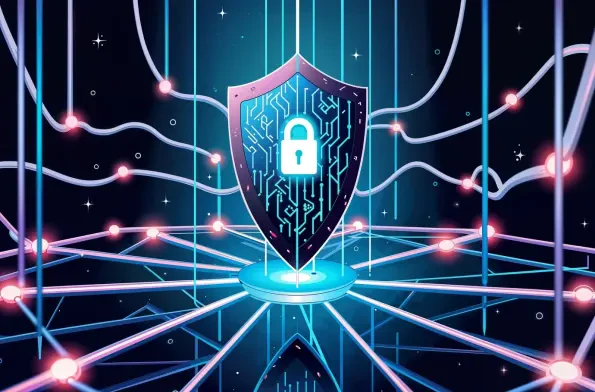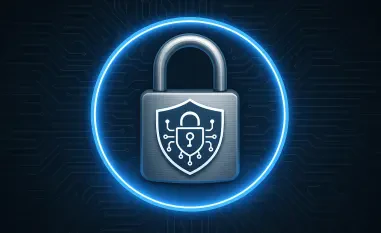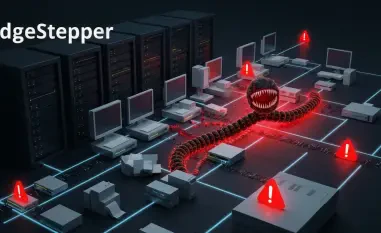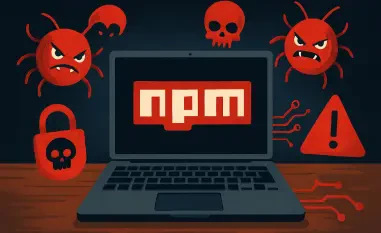In the complex world of cybersecurity, understanding the nuances of threats and vulnerabilities is crucial, especially as they pertain to obsolete technologies. Malik Haidar, a renowned expert in the field with a wealth of experience in safeguarding multinational corporations, sheds light on the recent FBI report and its implications. Through insights into the report’s findings and broader industry trends, Haidar provides a detailed look at how these vulnerabilities are being exploited and what can be done to prevent them.
Can you explain what the FBI report reveals about rogue cybercrime services targeting obsolete routers?
The FBI report highlights how cybercriminals are leveraging vulnerabilities found in outdated routers. These devices, deemed end-of-life, no longer receive crucial security updates, making them an attractive target for exploitation. The report describes a specific campaign linked to known proxy services, Anyproxy and 5Socks, where criminals exploit these routers to further their illicit activities.
What are edge devices and why are they attractive targets for cyber threat actors?
Edge devices, such as routers, serve as the gateway between individual user networks and the broader internet. Their role makes them a prime focus for cyberactors because infiltrating these devices can provide extensive control over a network. Furthermore, when these devices become obsolete and unsupported, they become even more tempting as they offer an easier point of entry without the usual security defenses in place.
Why are obsolete or end-of-life routers particularly vulnerable to cyberattacks?
Obsolete routers are particularly vulnerable because they no longer receive updates from manufacturers. This lack of security patches means that any vulnerabilities discovered in these devices remain unaddressed, leaving them exposed to exploitation by cybercriminals. Essentially, these outdated routers can become open doors for unauthorized access.
What are Anyproxy and 5Socks, and how are they related to this cybercriminal campaign?
Anyproxy and 5Socks are proxy services often utilized by cybercriminals. In the context of this campaign, they are known for being associated with networks that have exploited vulnerabilities in outdated routers. These services enable criminals to use the compromised devices as proxies, masking their tracks while conducting illicit online activities.
How did the threat actor exploit these obsolete routers?
The exploitation primarily involved remote management software (RMM) that was pre-installed on the devices. The attackers managed to bypass authentication protections, allowing them shell access to these routers. By getting into the system this way, they could install malware and use the devices as part of a botnet for bigger attacks.
Once access to the routers was gained, what actions did the cybercriminals take?
Upon gaining access, the criminals installed malware to integrate these routers into a botnet. This allowed them to launch coordinated cyberattacks or sell access to the compromised devices as proxy services for other actors seeking to conceal their movements online.
How did the routers communicate with the threat actor’s command-and-control server?
The compromised routers communicated with the command-and-control server using a two-way handshake protocol. This process involved regular check-ins, and ports were opened to facilitate the routers’ use as proxy servers, maintaining a link between the server and devices.
What potential risks and illicit activities could occur when routers are turned into proxy servers?
Turning routers into proxy servers presents several risks. Primarily, these devices can mask the origins of cyberattacks, making it difficult to trace back illicit activities. Such activities could range from data breaches to distributed denial-of-service attacks, as well as hiding criminals’ true locations online.
What did the FBI’s advisory say about the involvement of Chinese cyber actors in exploiting vulnerable routers?
While the FBI did not explicitly name the actors involved, their advisory mentioned that Chinese cyber actors are among those who have taken advantage of these known vulnerabilities in outdated routers. This has been linked to the establishment of botnets used to conceal attacks against critical infrastructure.
What recommendations did the FBI provide for users with potentially compromised routers?
The FBI recommended that users should replace vulnerable routers with newer models that are still supported through security updates. If replacement isn’t feasible, they advised disabling remote administration features and regularly rebooting the device to remove any temporary malware.
Can you explain the purpose of the OpenEoX initiative?
The OpenEoX initiative seeks to standardize end-of-life disclosures across the tech industry. This effort, supported by leading companies, aims to create a reliable framework for announcing when products will no longer be supported, ensuring that organizations have adequate notice and resources to adapt or replace obsolete technology.
Why is it significant for tech companies to standardize end-of-life disclosures?
Standardizing end-of-life disclosures is significant because it addresses the inefficiencies and inconsistencies currently seen in the industry. By having a uniform, transparent process, organizations can better anticipate when updates and support will cease, allowing for smoother transitions and better risk management.
How might this FBI report influence future cybersecurity strategies for companies and individuals?
The report emphasizes the critical importance of keeping technology up to date and the risks associated with obsolete equipment. For both companies and individuals, this means prioritizing the continuous updating and replacement of technology, as well as incorporating better monitoring and response plans in their cybersecurity strategies.
Do you have any advice for our readers?
My advice is to stay vigilant about the technology you use. Regularly update all devices and software, and where possible, replace old equipment that’s no longer supported. Additionally, educate yourself about the tools and practices you can employ to safeguard your network, ensuring you are not an easy target for cyber threats.













